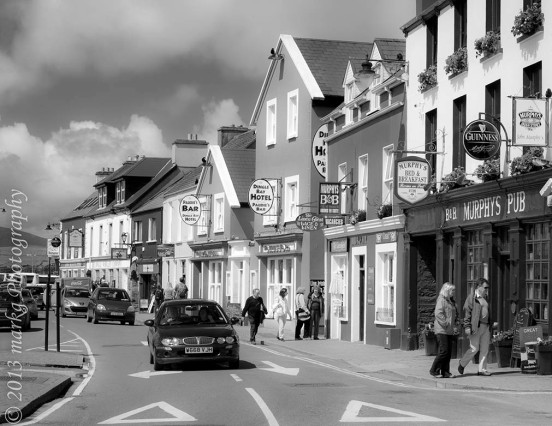Friday Night Photography Quote:
Once the amateur’s naive approach and humble willingness to learn fades away, the creative spirit of good photography dies with it. Every professional should remain always in his heart an amateur.
— Alfred Eisenstaedt
We spent Thanksgiving Week with family down in Florida. That is the reason I didn’t get to post last weeks Blog. I had the opportunity to once again go out and shoot the amazing Wildlife in the immediate area.
While walking around the brush and being exposed to all that is possible. The mind wonders. To some you “Must” make noise to let the more aggressive creatures know that your there so they can have a chance to run off….. You know that this also creates a situation that as we Artists get frustrated because this also makes it impossible to shoot those creatures that we do want to see also leave…………
Stealth is the name of the game! Walk Silently! Move as quietly as possible so as to Not Startle the Wildlife and the Rewards are Endless……………. Keep in mind that the vibrations from your feet are also felt by the wildlife under the water!! The fish feel it and move away. Any birds in that immediate area will also sense danger and move with the fish………
Keeping all this in mind will have tremendous benefits.
Of course being at the right time and the right place makes it all come together.
Keeping a low profile while an incoming bird decides to land near you will give you the opportunity to create some magnificent images… But!!! Make sure you understand your camera! All the posts! All of the my previous discussions hopefully has given you the tools to work your camera and to make those settings a reflex!
Birds in Flight!!
To capture a moving subject knowing that the foliage around me will interfere if I’m not careful for my focusing! Active Focusing On! Tracking the moving subject is now Not the Cameras Problem. It’s Mine!! When the Shutter is Depressed that mirror comes up and blocks my view. So now it’s all up to me to keep the camera pointed in the right direction to follow the moving subject.
For these shots I was lucky. I noticed a Great Blue Heron coming towards me. I was standing near a tree and trying not to move. In keeping a low profile I wouldn’t annoy this magnificent bird to make it go to a different area and fly away. I glanced down at my camera to make sure my settings were all good. I also happened to have my BBF “Back Button Focus” set to the “On” position.
For those that might be curious here is my Exif Info:
If you do not know what this means: google.com/ definition Exif Data
Nikon D700 using the Nikon 70-300 VR Lens
Aperture Priority
Aperture: f:8
Shutter Speed: 1/320 sec
ISO: 250
Back Button Focus and 3D Tracking in the On Positions.
All Images shot in the Nikon Raw NEF Format on a Hoodman Raw Compact Flash Memory Card. Hint: Use the Fastest Card you can afford. I’ve had this wonderful card for a few years now. At 675x it can keep up with me as you will see.
Hand Held
All Images edited using CS4 and the Nik Collection
By using Aperture Priority I’m keeping the same Depth of Field to make positive that my moving subject will be in focus. Doing this also makes the exposure consistent throughout all 8 images. Think for a second please? If I had used the “Full Auto” setting would All 8 images have the same exposure? Would some be darker and others show a lighter image? I wouldn’t want that. I want All the images in a set to have the exact same exposure properties. To do this we use either of the “Semi-Auto” settings. Fully Manual might work as well but on a moving subject that shutter speed needs to be able to keep up with any changes in the light. So that is now my variable to keep the exposures exactly the same from All 8 images. Even the ISO is on manual and I have it set in the spot I was in for 250.
Time of day was mid to late Sunrise and I happen to be facing where the sun was coming up on the horizon. The location was Boca Raton Florida.
Have a Great Weekend everyone. Of course more images will be up in next weeks Blog Post.
Mark
















